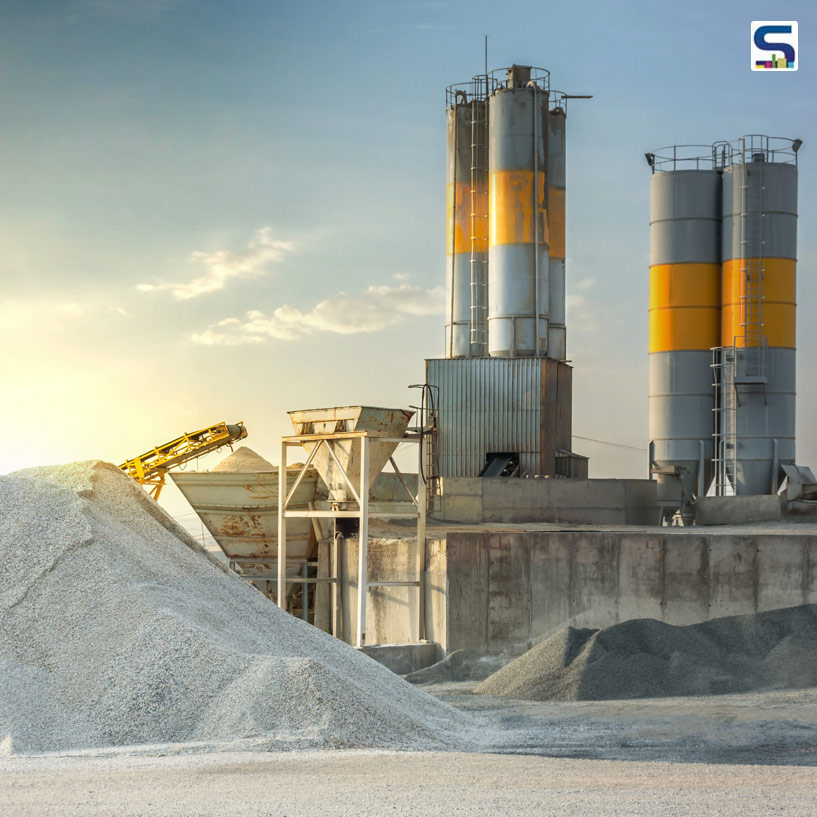
Crisil points out the ucpming surge in cement demand in India. The research firm indicates a significant boost in manufacturing capacity, anticipating an addition of 150-160 million tonnes per annum in the cement industry over the next five fiscal years. Read full report on SURFACES REPORTER (SR):
The industry plans to boost its manufacturing capacity by at least 25% over the next five financial years, representing an addition of 150-160 million tonnes per annum. Large players are projected to contribute significantly to this expansion, accounting for 50-55% of the planned capacity addition.
A considerable portion (50-55%) of the planned capacity addition, around 70-75 million tonnes, is expected to be commissioned in the next fiscal year, with a focus on the eastern and central regions.
The current manufacturing capacity of the cement industry stands at 595 million tonnes per annum, with an addition of about 119 million tonnes per annum in the previous five fiscal years.
Demand Drivers
Robust demand in the past two fiscal years, driven by infrastructure and housing sectors, has prompted the industry to expand capacity to capitalize on the anticipated surge in demand.
While the demand for cement is expected to rise, increased competition is likely to limit price growth. Crisil forecasts a growth in prices to be restricted to 0-1%, with cement prices expected to remain in the range of ?390-395 for a 50 kg bag.
Growth Expectations
Crisil anticipates a 10-12% growth in demand for cement in the current fiscal year, fueled by government initiatives in affordable housing and pre-election spending on infrastructure.
With cement makers adding 35-40 million tonnes per annum of capacity in the current fiscal year, the highest in more than a decade, Crisil expects increased supply to test market discipline, limiting price growth.
Industry Outlook
Crisil projects moderate growth of 4-6% for the cement industry in 2024-25, considering the high base of the previous three fiscal years and rising raw material costs.
Softening crude oil and coal prices are expected to result in a 13-15% decrease in power and fuel costs for the cement industry this fiscal year. Lower petcoke and imported non-coking coal prices are contributing to this cost relief.
Crisil expects a significant expansion of the sector’s operating margin by 300-350 basis points to 16.5-18.5% in the current fiscal year, attributed to lower costs, steady prices, and healthy volumes.
Consolidation Trends
The cement industry has witnessed consolidation trends, with large players acquiring struggling competitors. The capacity share of large players increased to 48% in fiscal 2023, driven by mergers and acquisitions.
The pace of consolidation is expected to persist, with more than 20 million tonnes per annum of capacity acquired between April and December. Crisil foresees this trend continuing as cement manufacturers expand capacity.
In a whole, Crisil's analysis paints a dynamic picture for the Indian cement industry, forecasting both significant capacity expansion and challenges posed by heightened competition influencing pricing dynamics.
Image is for representation purpose only.